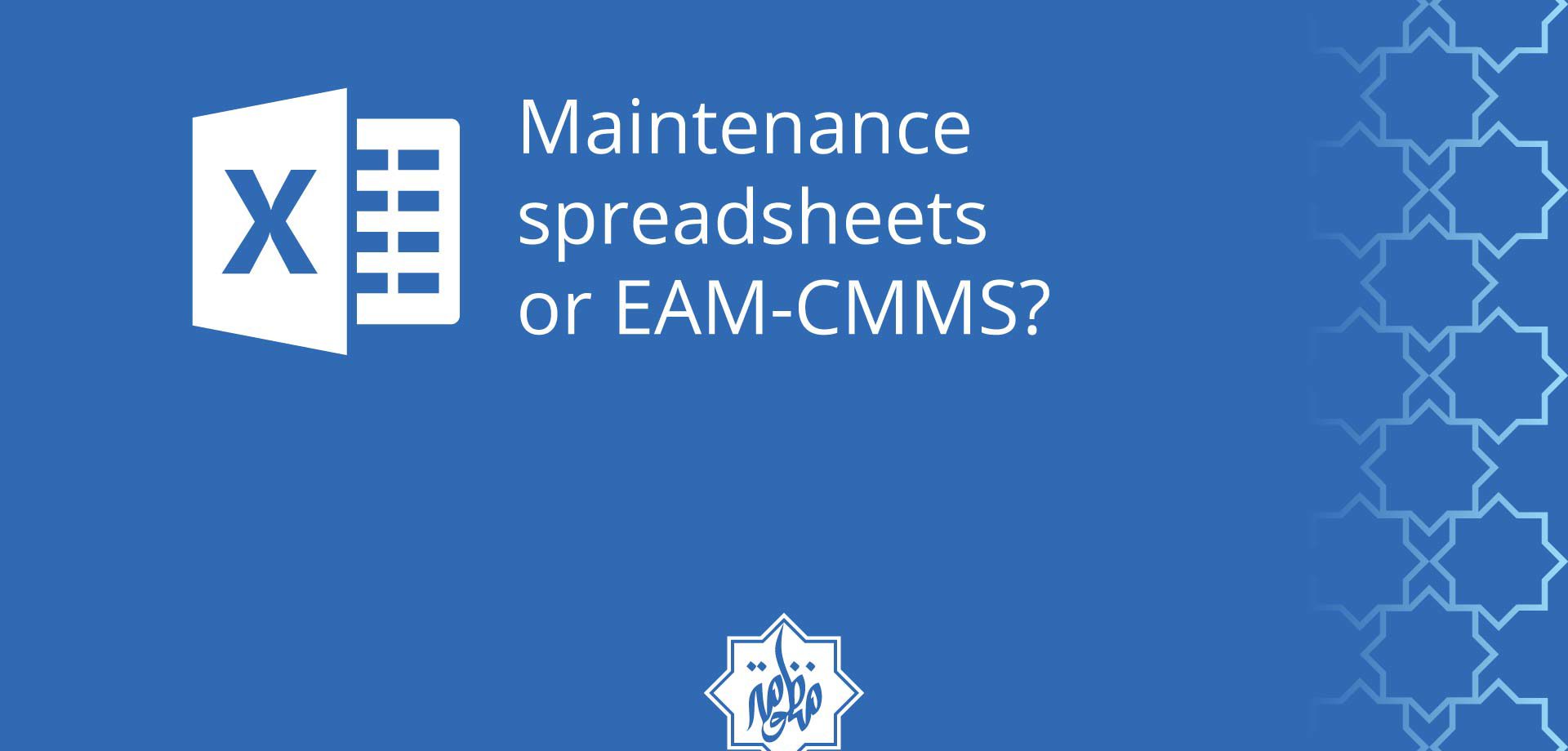Companies who recognize the value of a cost-effective approach to maintenance usually start with a maintenance strategy that involves inputting maintenance management data into a homemade maintenance spreadsheet. A maintenance spreadsheet lets you log work orders, document upcoming maintenance cycles and use filters to manipulate the data and produce nice lists of work completed, however, maintenance managers and technicians must rely on other systems like email, phone, pagers, documents, calendars, offline trackers, schematics, manuals, or even post-it notes. While adding more value than a paper-based solution, this approach has obvious limitations.
On the other hand, Computerized Maintenance Management Systems (CMMS), sometimes called preventive maintenance software, enables the facility manager, subordinates and customers to track the status of maintenance work on their assets and the associated costs of that work in one comprehensive system and not in a disconnected maintenance spreadsheet. You can digitize and streamline your maintenance operations by consolidating personnel, documents, assets, data, work logs and inventory in one location. Feeding all maintenance information directly into a CMMS solution facilitates the automatic manipulation of data to enable operational, technical, and economical analysis such as repair versus replace. It also generates graphical reporting to provide evidence of effective maintenance.
Advantages of a CMMS over a maintenance spreadsheet
Automated PM triggers
Preventive maintenance software helps reduce human error by ensuring PMs are triggered when they are due in compliance with regulatory or manufacturer’s requirements. An effective CMMS system can also activate PMs based on a number of triggers including time, meter and event.
Centralized database
The CMMS system offers a one-stop database of all equipment information, documents, manuals, schematics and images and materials. No need for your technicians to carry around bulky schematics, manuals or input this data into a maintenance spreadsheet.
Auditing & compliance
A CMMS system digitizes your paper trail. Work orders are documented electronically as you go, which makes auditing a breeze
Analysis & reporting
Typically, a CMMS system will report key performance indicators (KPI’s) such as MTBF, MTTR and availability with little effort. KPI’s are used in evaluating the effectiveness of the current operations, for making organizational and personnel decisions and for determining the repair or replace of assets. Built in reports enable you to refine maintenance processes and improve asset availability; improving your bottom line.
Access anywhere
Typically, the maintenance spreadsheet will reside on a personal drive with limited access behind a corporate firewall. In a cloud-based CMMS system, the data is stored on a remote server and can be accessed from anywhere over the Internet. Modern-day CMMS systems come with mobile versions so you can access your CMMS on your smart device in the field.
Centralize your efforts
EAM-CMMS assists the facilities maintenance manager with work reception, planning, control, forecasting, performance, evaluation, and reporting in one system.
Real-time information
The CMMS keeps you apprised of your organization’s maintenance activities in real time. Managers can see which assets are offline, who is working on what and what still needs to be done.
Communication
Work requests submitted into the system can be routed to the correct people instantly. Technicians receive notifications automatically so they know what work is due.
Conclusion
The purpose of implementing a maintenance strategy is to minimize costs associated with downtime, stocking parts, and management reporting time. The choice is simple – spend months building a cumbersome and inadequate maintenance spreadsheet that takes a week to open with its complex macros and triggers or select a simple to use, cloud based CMMS system. Why reinvent the wheel? Many CMMS systems can be customized to suit your maintenance processes, no matter what size your organization. A CMMS can be effectively deployed by any business in any market sector for efficient asset management.


